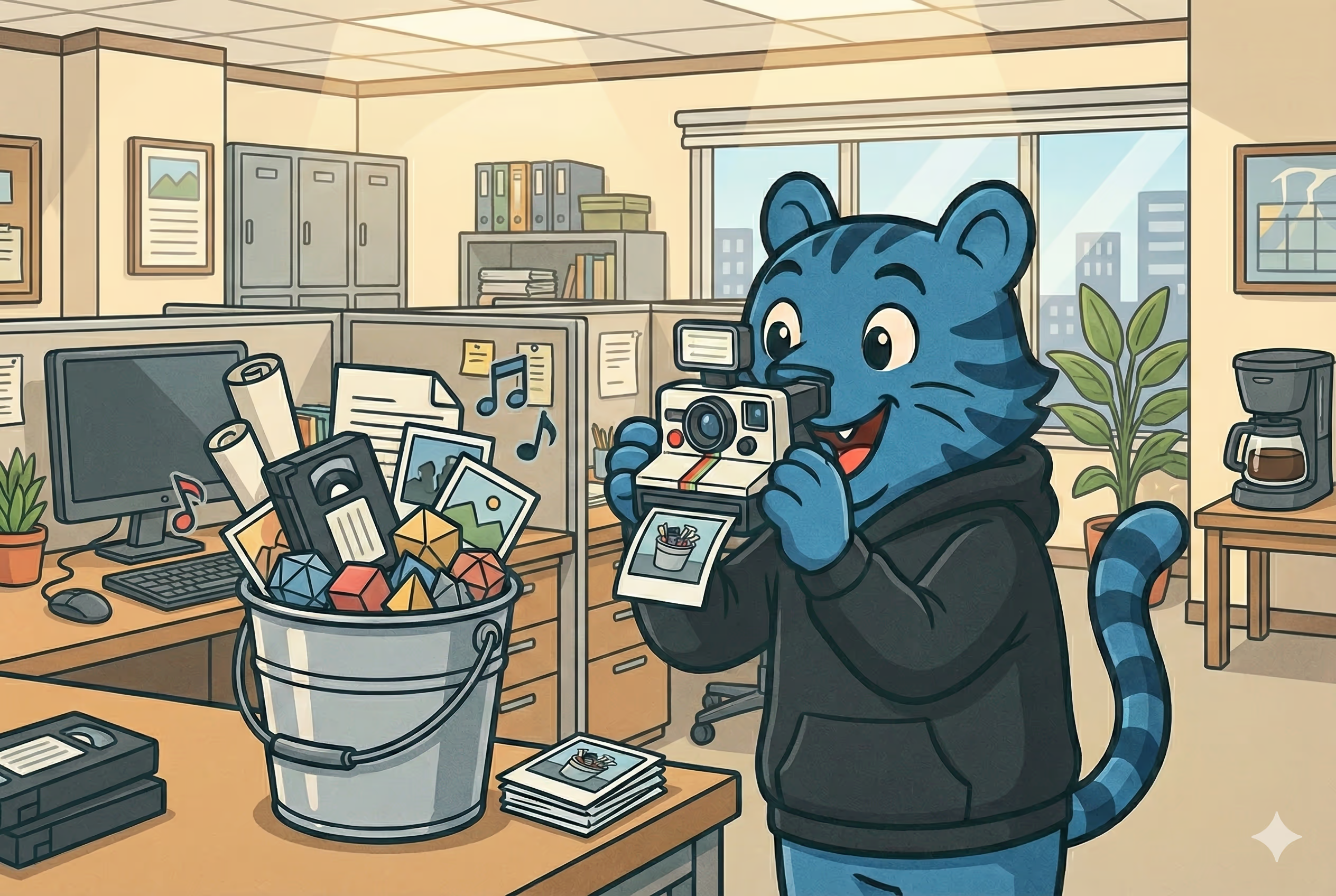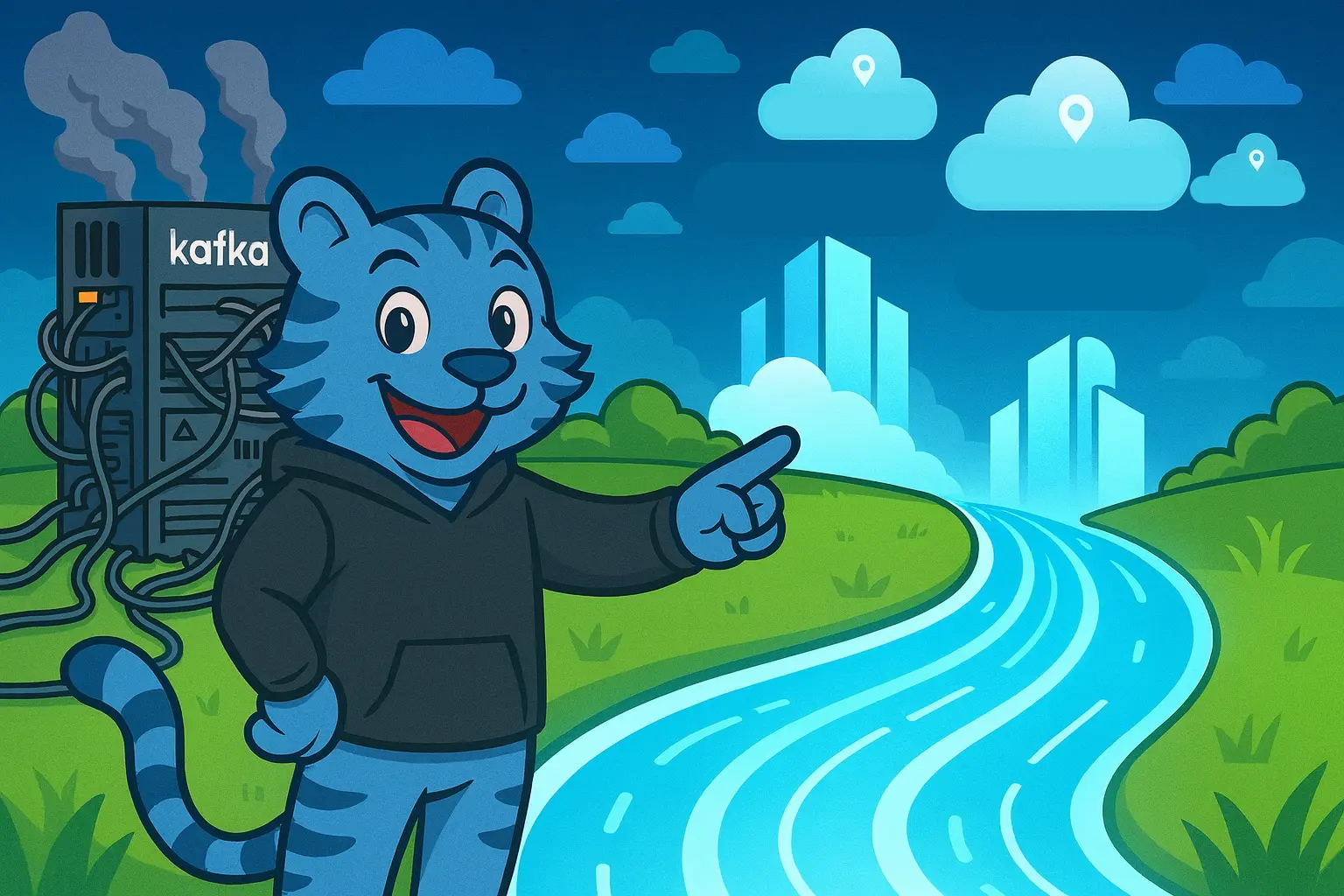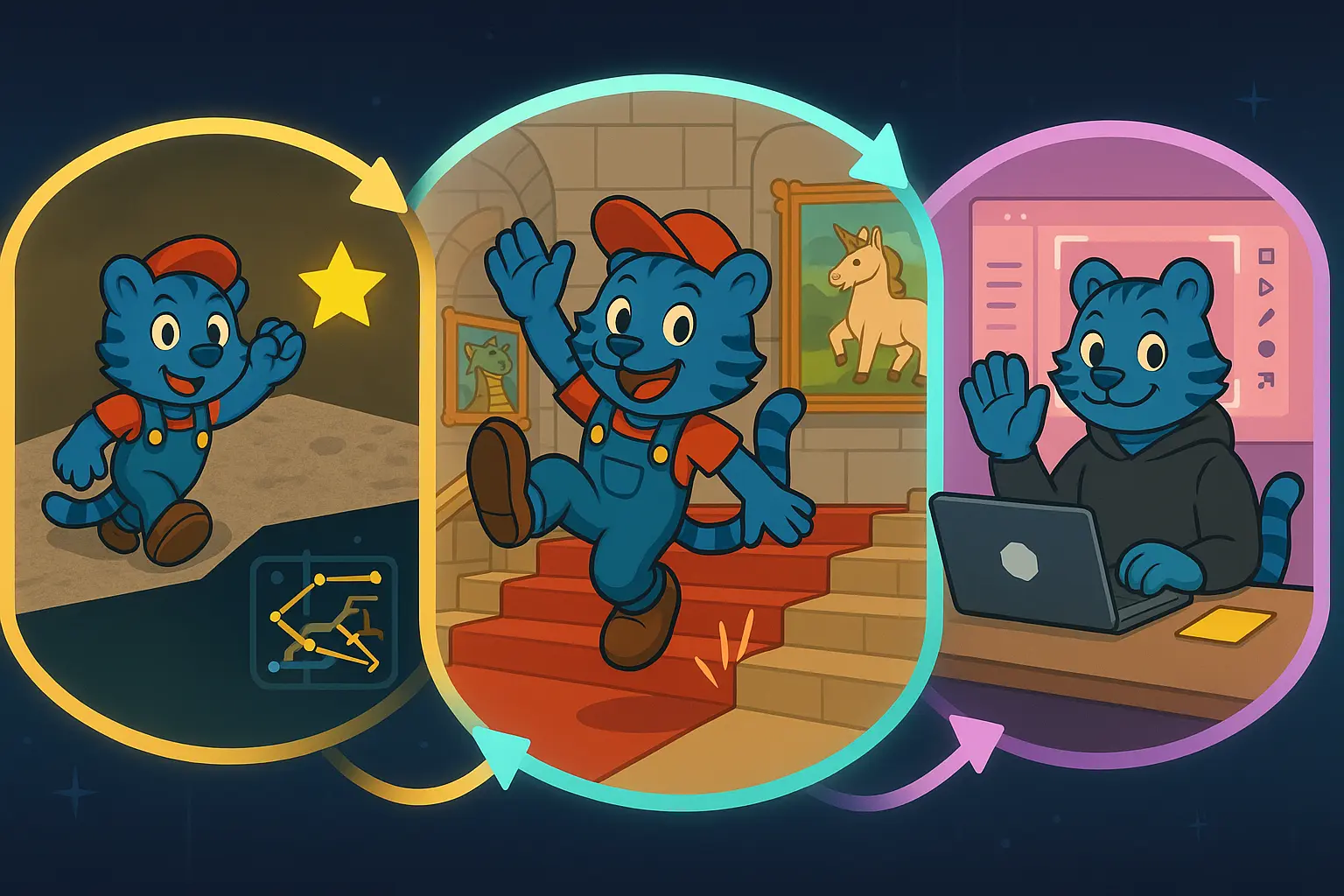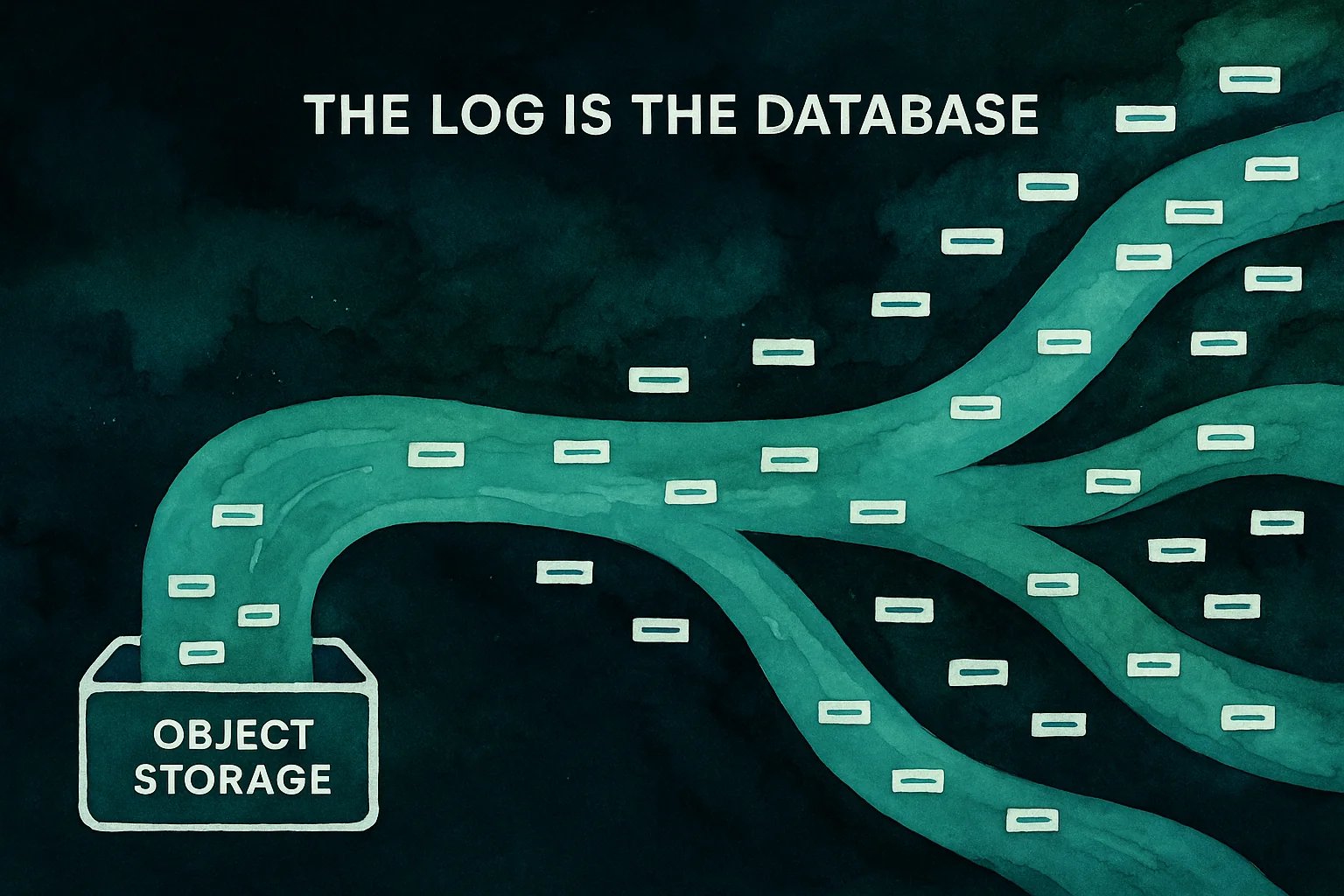 We're open sourcing our MCP OIDC Provider
We're open sourcing our MCP OIDC Provider
When building a remote MCP server, you will most likely need an OIDC layer between clients (Claude, Cursor etc) and your upstream IdP (Auth0, Clerk etc). We have created a ready to use solution for you that's vendor neutral: use any IdP you want.
11 min read







